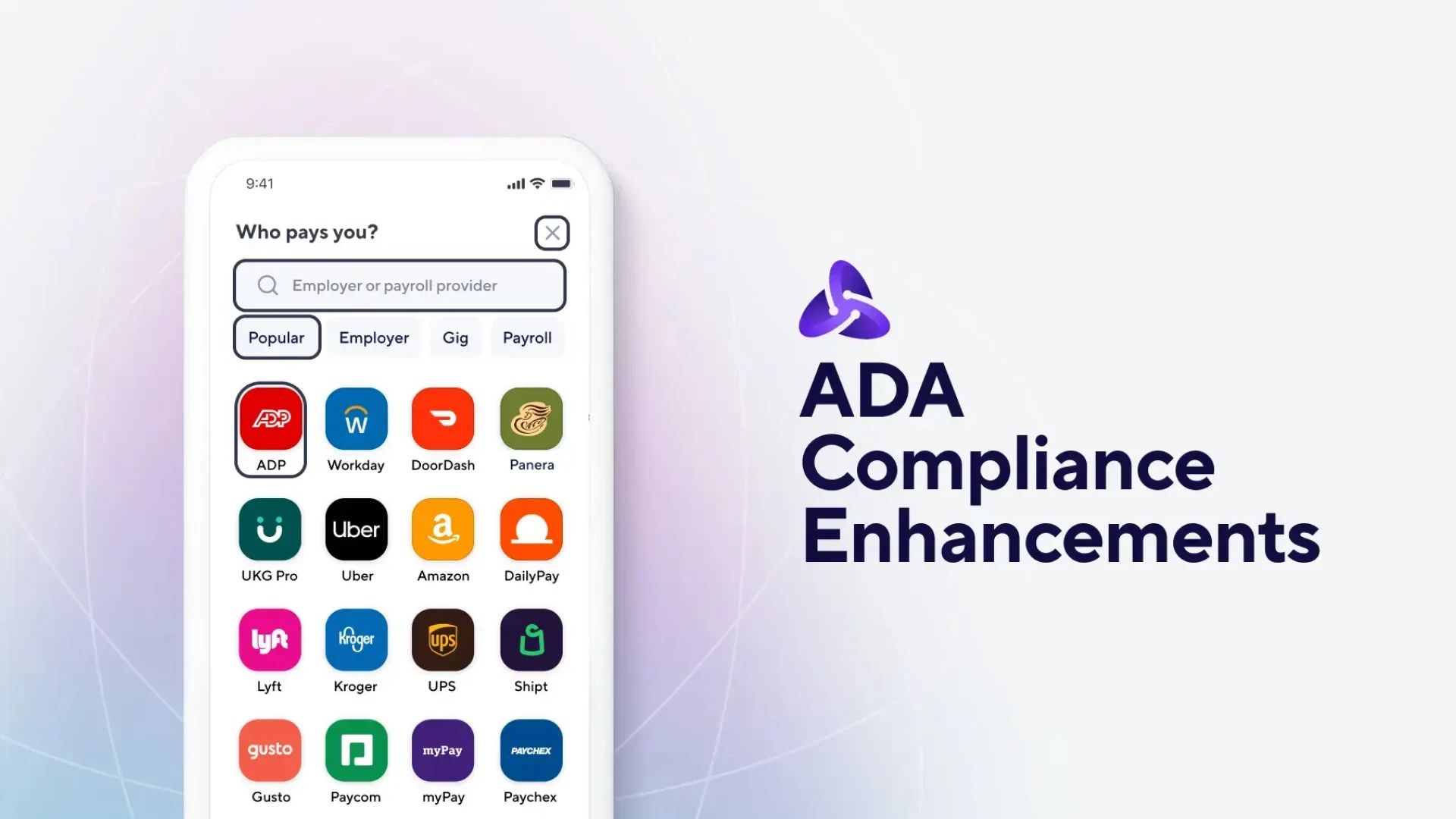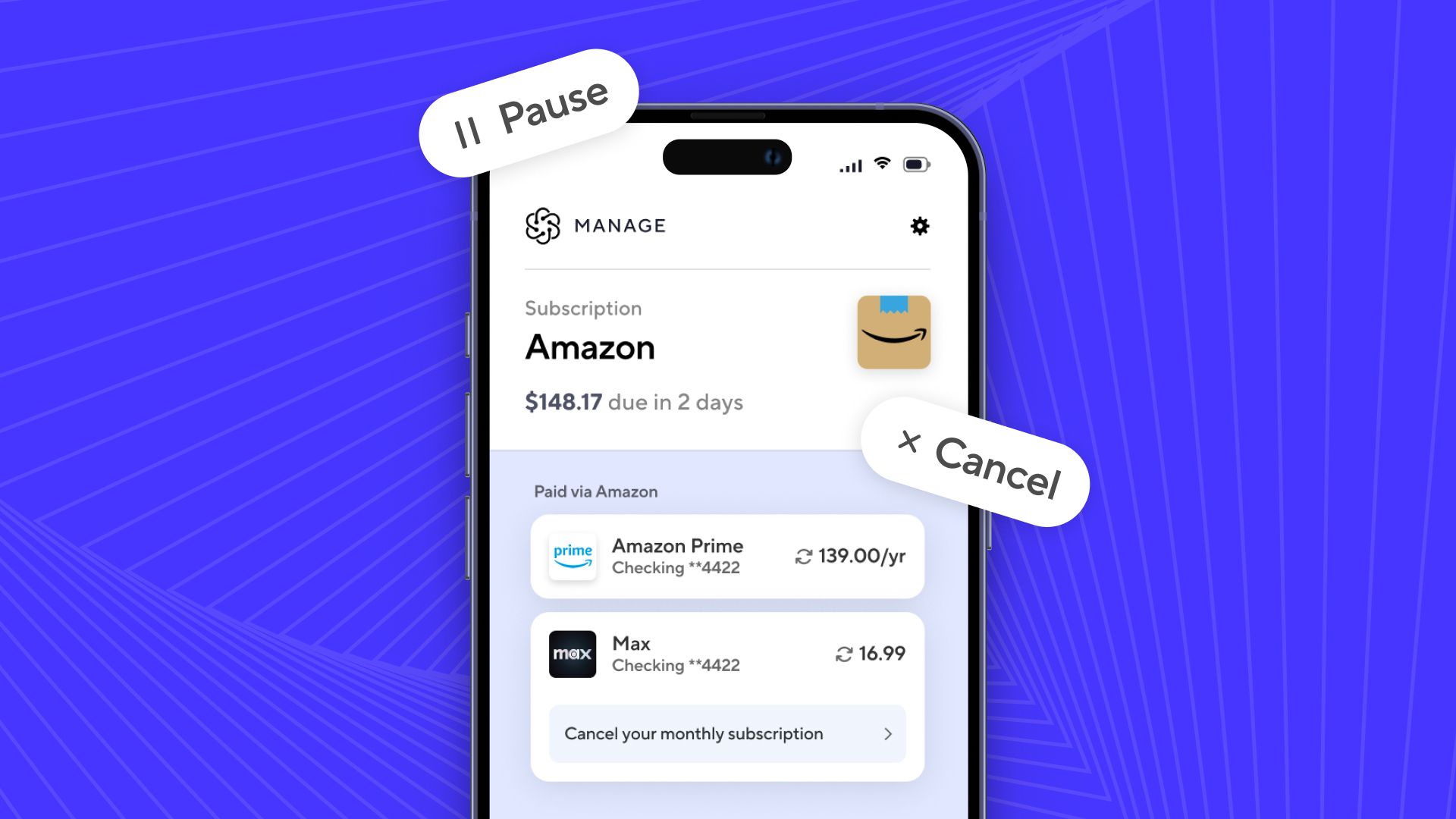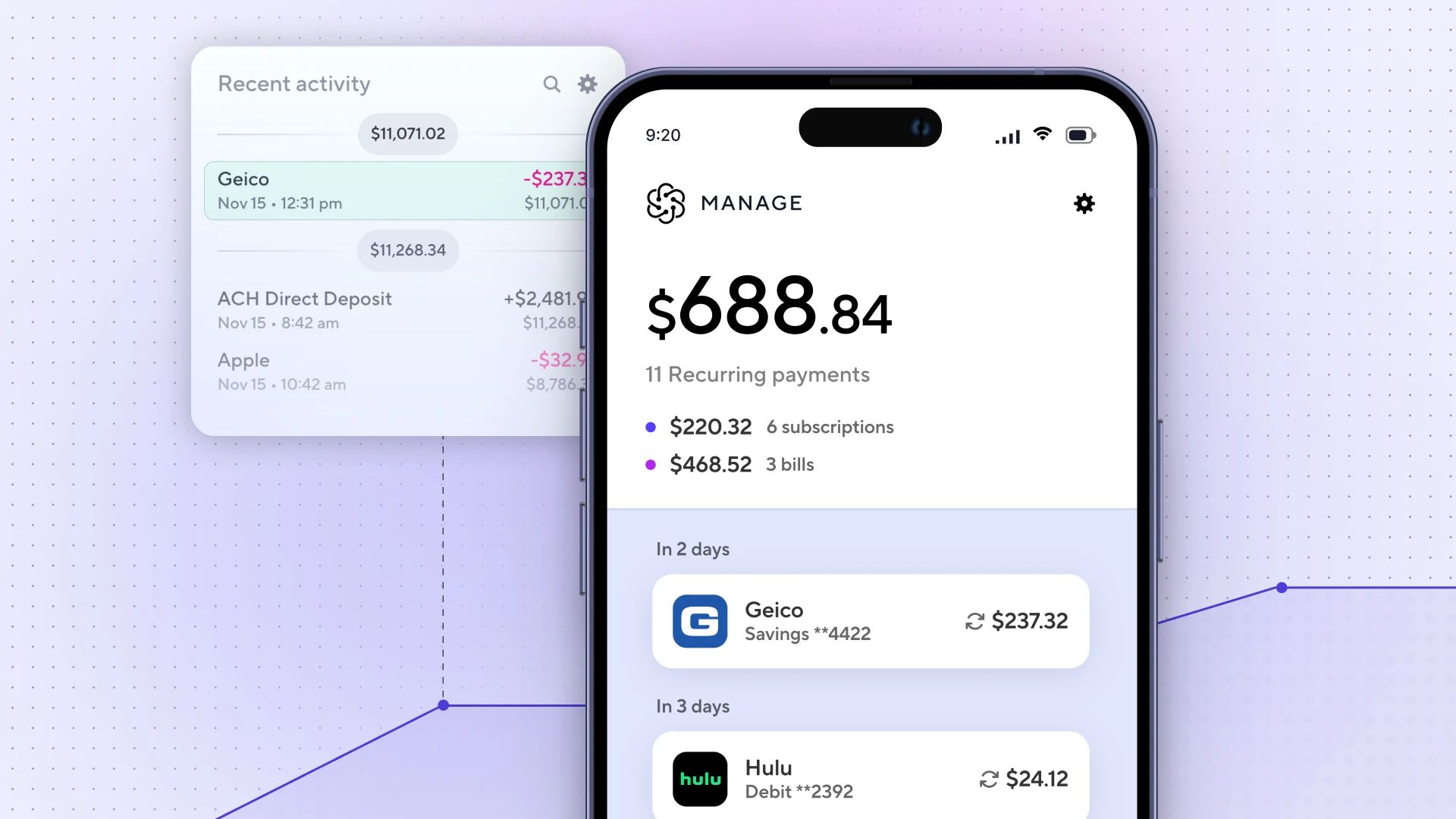Atomic: UI solutions to prioritize accessibility for financial institutions

Salina Jivani
Director of Brand Content

One hundred and thirty-three. That’s the number of lawsuits filed against financial institutions in 2018 for hosting websites consumers with disabilities felt were either challenging or impossible to use.
The basis of these lawsuits? Violations related to the Americans with Disabilities Act (ADA) of 1990. A civil rights law that prohibits discrimination based on disability in the activities of public accommodation places. In general, ADA requirements take a number of forms. These can range from wheelchair-accessible ramps to buildings and auxiliary aids for people who are hard of hearing. For financial institutions, they may translate to making websites and mobile apps easy to navigate and understand for disabled individuals.
The ADA’s focus on fairness in accessibility to digital information makes most sense today given the number of consumers reliant on online banking is set to rise to over 65% in 2022.
Subsequently, as the banking landscape evolves toward digital-first solutions, technologies and software like Atomic’s Transact software development kit (SDK) are becoming less a luxury and more a necessity for differentiation and innovation among banks.
As a financial institution, you can’t risk falling behind the technology curve to competitors and neobanks innovating at warp speed. But you also can’t risk falling prey to costly lawsuits or disgruntled customers by partnering with a payroll connectivity provider that can put you at risk of being ADA non-compliant.
Atomic has made great strides with accessibility.
Atomic’s user interface (UI) enhancement
Atomic knows accessibility isn’t just good business practice; it’s required for financial institutions that want to gain profitability, reputability, and trust from clients and regulators. Most banks find the easiest way to comply with ADA is by following the Web Content Accessibility Guidelines (WCAG) standards designed by the World Wide Web Consortium (W3C).
In fall 2021, Atomic placed ADA compliance front and center of our focus. Our goal: to be fully vested in our customers’ accessibility responsibilities–whether they’re adhering to WCAG because they’re subject to the ADA, because they have a corporate commitment to accessibility, or simply because they recognize that making their online services compliant helps more consumers onboard or transact with them successfully.
Consistent with our goal, we made a substantial investment in conformance with WCAG 2.0 Level AA Success Criteria for the default features of Transact, the user interface our customers embed in their websites and mobile apps to activate Atomic’s capabilities. We validated our approach by working closely with some of our bank and credit union customers to meet their expectations.
“We’re committed to supporting those with disabilities and protecting our partners and customers from targeted litigation,” says Atomic co-founder and CTO, Scott Weinert. “It’s about delivery and ensuring we uphold the highest standards in the industry. We aim to meet or exceed our customers’ accessibility requirements with each product we launch.”
How we keep accessibility front and center
With Transact now designed with WCAG standards in mind, it’s more accessible than ever for users.
We adhere to ADA compliance through established WCAG standards, which follow the POUR principles: perceivable, operable, understandable and robust.

WCAG’s POUR guidelines defined
- Perceivable: users can identify or perceive content and interface elements by using their senses.
- Operable: users can use interactive elements, like buttons, controls, navigation, etc., with success.
- Understandable: users are able to understand content.
- Robust: a wide variety of users can interpret content and choose the technology they want to interact with information formats, like multimedia, websites, online documents, etc.
Just some of the ways Atomic conforms to these guiding principles include the following:
- Perceivable: color contrast for blind people and the ability to have content read out loud
- Operable: those who are unable to use a mouse can navigate on their keyboards
- Understandable: users benefit from a predictable user flow that is simple, with easy-to-read content
- Robust: users can use tablets, smartphones or other electronic devices to interact with Transact. This is so they can benefit from what’s most comfortable for them
More on why financial institutions go Atomic
One of Atomic’s goals is to enable banks with limited or no development teams to launch a sophisticated payroll connectivity solution in a compliant way. Apart from our progress with accessibility, we’ve also worked toward the first part of that goal by making our APIs available to a larger population–and more seamless to integrate with.
Our partnerships with Banno, FIS and Alkami help banks without complex development teams to deploy our APIs as a compatible, drop-in solution in the form of a plug-in, creating a quick, seamless integration.
Other overall benefits of partnering with Atomic include:
- No need for engineers or complex development teams
- An easy, frictionless experience through our plug-in enabled solution.
- A robust UI that eliminates the typical heavy lifting required for building a UX, battle-tested numerous times.
- Industry-best APIs eliminate pen, paper and manual processing for deposit setups, verifications of income and employment, and more.
- Industry-competitive conversion, meaning a stronger lift in users setting up and updating accounts as well as higher successful authentication rates compared to other providers.
Although we’ve made great progress at Atomic, we recognize that our work is far from over. Our experts stay updated when determining what should be added next to our slate of enhancements for clients’ expectations. To keep pace with news and updates on our progress and what’s next, subscribe to our Insights newsletter and receive alerts for our latest posts.
Want to explore if Atomic is right for you? Request a free demo.


